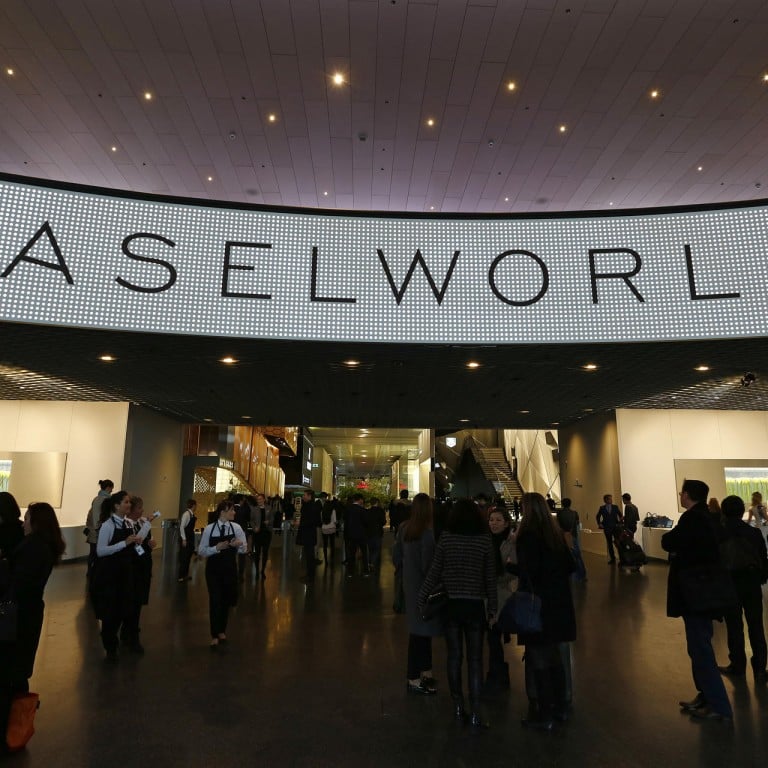Independent watchmakers steal the show at Baselworld 2015

Independent watchmakers are stealing the limelight as they set trends in the industry, writes Carl Cunanan

Ladies and gentlemen, it's time to place your orders as the two major watch fairs have come and gone.
However, for many, it may be too late to acquire the timepiece that one yearned for. Many of the limited pieces may well be spoken for already, as acquisition is sometimes more important than cost.
The good news for this year is that brands are focusing more on the real world than on the speciality watches into which they put so much time, attention and emphasis in the recent past.
There are still the spectacular watches, of course, and the ones aimed specifically at the markets the industry sees as full of potential. In January's Salon International de la Haute Horlogerie in Geneva, Richard Mille presented a run of 20 pieces of the RM 51-01 in white gold or red gold with a tourbillon and a hand-sculpted tiger and dragon. In March, at BaselWorld, Louis Moinet presented a Dragon Tourbillon as well. Such pieces though, as interesting and alluring as they are, are thankfully not taking as much of the limelight as before. The industry seems to have taken a step back from the red carpet and spotlight, and remembered that there is horological passion at many levels.

It is rather easy to make a complicated watch interesting, but much more difficult to make a simple, clean watch stand out. The best example of this is probably the Patek Philippe Calatrava, often considered the most beautiful watch face ever made. Completely simple, timelessly enchanting and elegant yet so technically correct it is far more readable in a dimly-lit plane cabin than many an "aviator" watch with big numerals and big hands.
After all the years of bigger and busier is better, there are some great examples of the fact that sensible sizes and clean faces have a very important place in the watch world. This year, the esteemed Geneva house presents a new Calatrava for men in 38mm of white gold - the 5153G-010 with a hand-wound movement.

The big news for Patek though was steel. It isn't often that the brand produces high complications in stainless steel, and these are picked up very quickly by those in the know. The 5960/1A-001 self-winding Annual Calendar Chronograph comes in a 40.5mm case with a striking comparatively modern dial treatment. It strays a bit from classic Patek Annual Calendar Chronographs, but it is a piece already starting long lists at Patek showrooms.